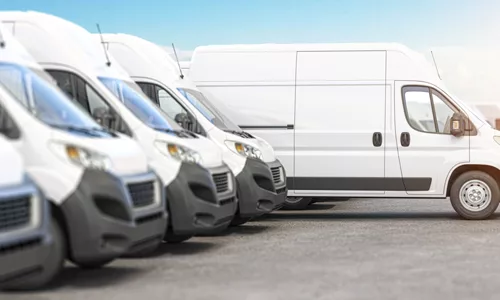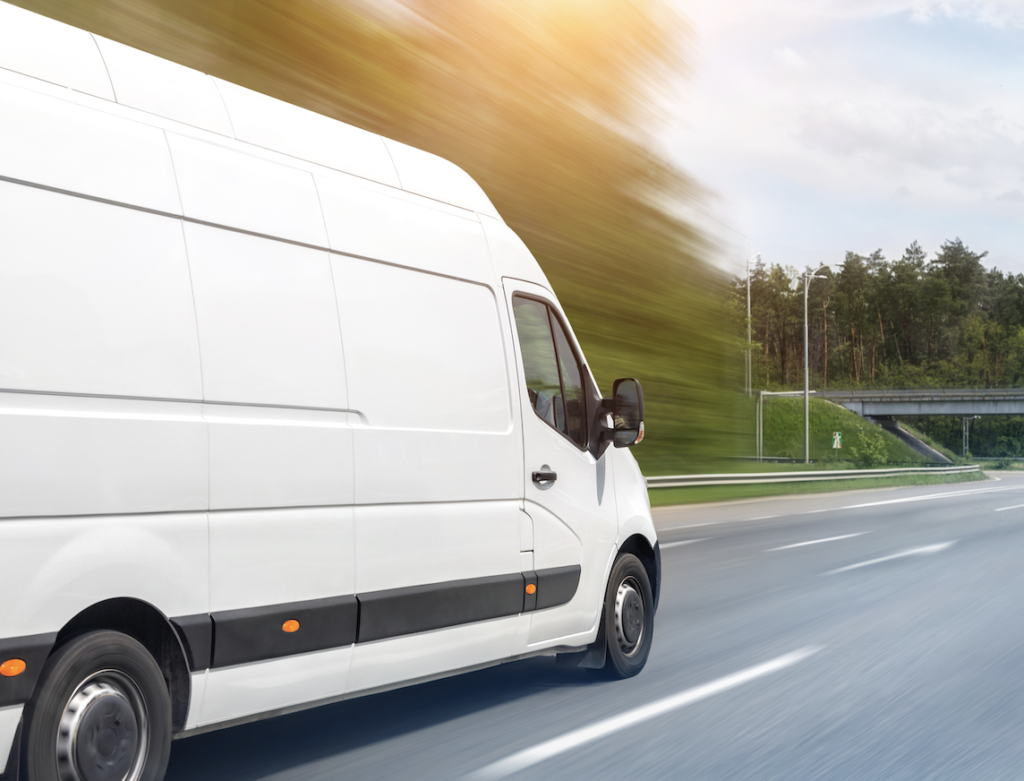As long as you have a full driving licence, you can legally drive a van up to 3.5 tons or 7.5 tons if you passed your driving test before 1st January 1997; that is the C1 entitlement and is often called Grandparent rights. If you passed your UK driving test after 1997 and need to drive a van over 3.5 tons, you must acquire the C1 licence entitlement. To do this is relatively straightforward: you need to fill in the D2 form, have a medical examination, apply to the DVLA, and then take a test in a relevant-sized vehicle. This can take a few weeks, and the cost can vary with different course providers.
Once you have the correct licence, you can hire or buy a van of the size you need, but it is wise to familiarise yourself with the vehicle before you take it out on the road for the first time.
Car vs Van:
The main difference between driving a van and a car, apart from the size, is the lack of rearview mirrors in most vehicles. Although side mirrors are much larger than car mirrors, there is a huge difference with blind spots, where most damage occurs for van drivers. It is a good idea to sit in the driver’s seat and have someone walk around the van so you can see where your blind spots are and then get out and see the distance for yourself. This will help once you are out on the road, especially if you need to reverse during your trip. Spatial awareness is one of the significant differences in moving from a car to a van.
It is important to adjust your seating position and familiarise yourself with the cabin, as it is probably much larger than the car you are used to. Although all the pedals will be in the same position, it may feel roomier, and the handbrake may feel further away or lower than in a car. Having the correct seating position and mirror positions for the best views will make a big difference to your overall control of the van.

Control locations:
You should ensure you know where your controls are, such as windscreen wipers, temperature controls, lights and any other controls, so that you don’t have to take your eyes off the road looking for them when needed. For example, if you suddenly drive into foggy conditions, you need to be able to switch your fog lights on quickly without trying to find them on a busy road. It is also wise to familiarise yourself with the van driver assist features such as emergency braking features or lane assist; the newer the van you drive, the more likely it is to have these features. There should be a handbook with your chosen van, but if not, there will be online handbooks for the model that can be easily downloaded and worth reading.
Manoeuvres:
If you have the opportunity to drive the van on private land or an empty car park, then practising reversing and parking in bays will be of great help. This will help you to familiarise yourself with the size of the van and help you spot parking spaces that will accommodate the van when you are out and about. If you are driving a long wheel-based van, then reversing and parking will be extra hard, so you must find time to really get to grips with the size and length of the van, especially for parking and reversing. Where possible, always try to reverse into a parking space so you can pull out forward; this will help avoid many collisions.
Speed limits:
Understand your speed limits, as they are, on certain roads, different to car speed limits. You can read more about speed limits here.

Loads:
It is essential to understand your loading and how it affects your driving, so practice driving loaded and unloaded so you can feel the difference. Fully loaded, the van will have reduced performance and cornering abilities, with increased braking distances. Never overload your van.
Your responsibility as a van driver starts with a complete walkthrough of the van’s daily checks. It is essential that these are done and that if anything is falling below standard, it is rectified as soon as possible. Most company drivers will have a daily checklist to follow, so it is good practice to do this as a private driver. We recommend doing a POWDERY check:
Petrol (or diesel/charge)
Oil
Water
Damage
Electrics
Rubber
Yourself!
As long as you remember all the information above and are a careful and courteous driver, driving a van should be as easy as driving a car.
Book your van driving course with us:
You can learn more about our van driving courses here. You can also book and pay online here.
